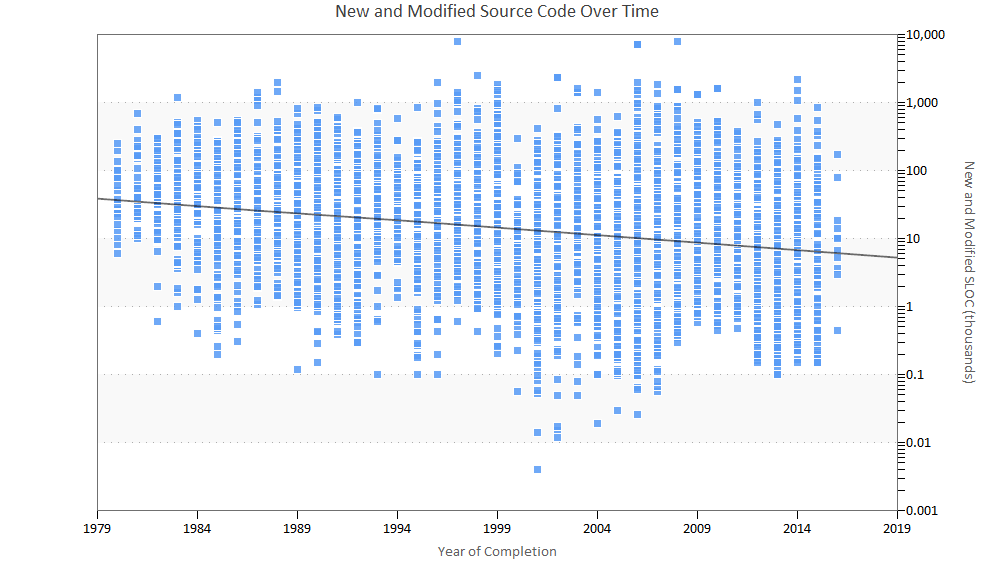Webinar Replay: Demystifying Cloud Migration Using Estimation
If you were unable to attend our recent webinar, "Demystifying Cloud Migration Using Estimation," a replay and slides are now available.
Technology organizations spend millions of dollars each year implementing cloud-related programs. Whether the programs are in-house or vendor-related, early planning can be a major stress factor in the management of these programs. Organizations often lose big money and time while trying to carry out cost and schedule targets that were unrealistic to begin with.
Join Kate Armel and Keith Ciocco for this PDU-approved webinar as they show the value of using empirically-based software estimation tools to help mitigate risk and improve early planning and negotiation capabilities when migrating to the Cloud.




